begleri - configurations
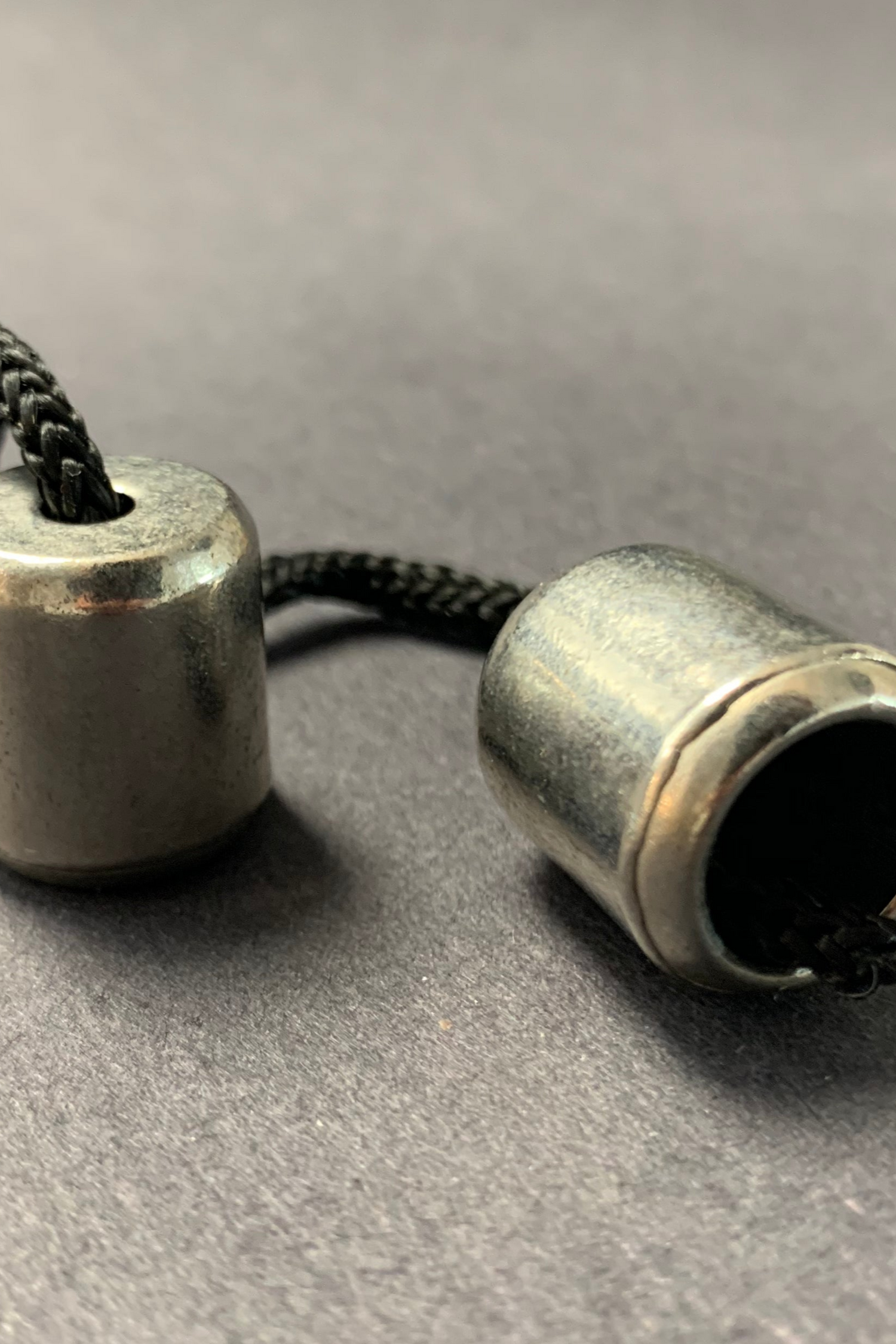
begleri beads
A playable set of begleri can be made from a wide range of materials, in an assortment of shapes and sizes. Traditional Greek begleri are often made from semi-precious stones, or materials such as animal bone or horn, which can be carved. It is quite common to see traditional sets with two or more large beads at either end, interspaced by smaller decorative metal beads. However, these materials tend to be somewhat delicate and do not stand up well to hard play.
Modern style begleri tend to be made from metal, or other robust materials. The earliest of what can be called "modern begleri" also developed in Greece. The most common design, affectionately referred to as "standard issue" begleri, are small cylindrical metal beads, often aluminum, hollowed out to enclose the knots at either end of the set.
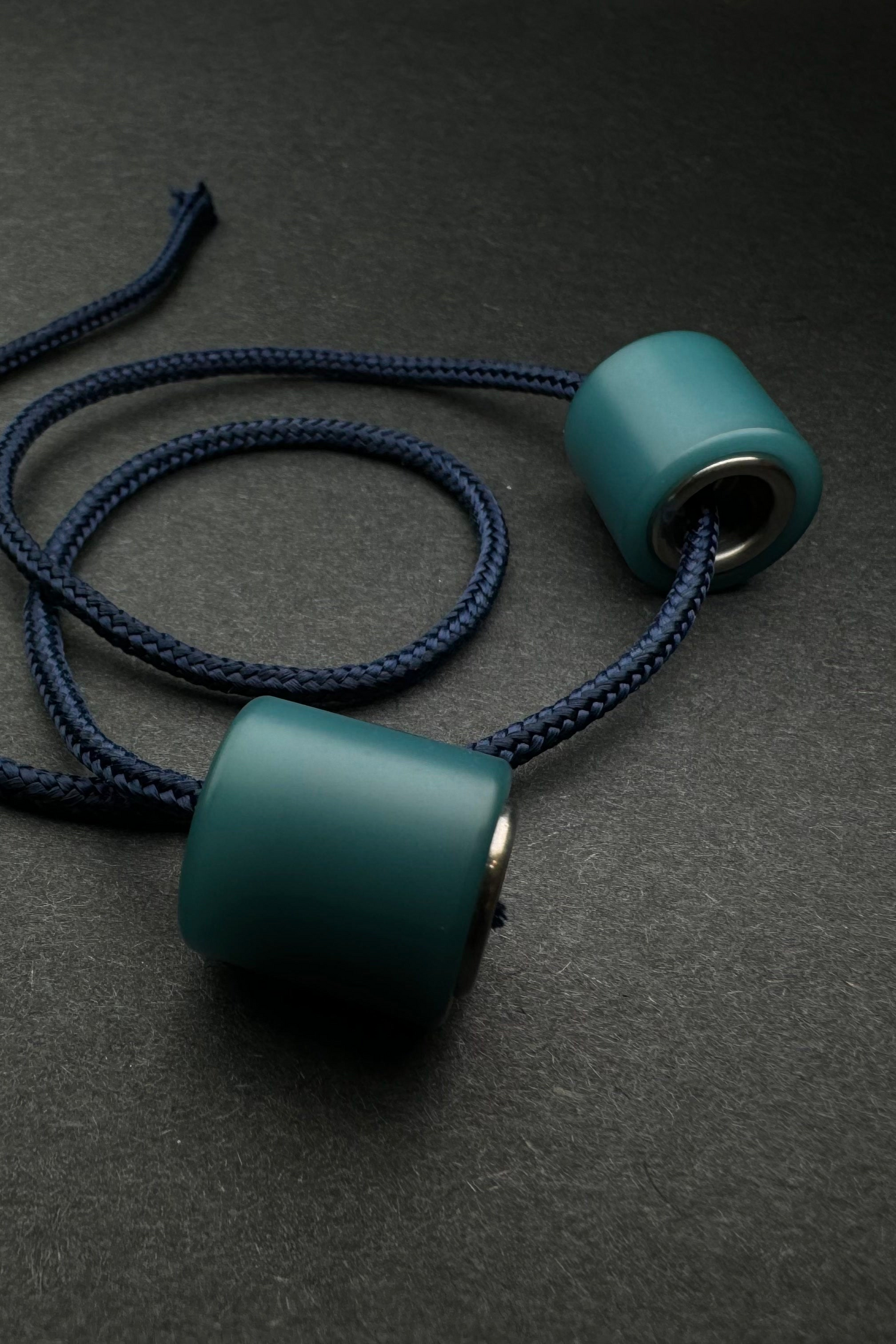
Until recently, such beads were not readily available outside of Greece, leading players to experiment with other "DIY" alternatives. A perfectly serviceable set of begleri can be made by stringing together small hex nuts (usually two to six, depending on the size and weight) on a piece of paracord or braided string. Other players have made playable sets from small sockets, fishing weights, and other hardware.
For the most part, metal beads tend to be preferred due to their weight and durability. While the size, shape, and weight of begleri are generally up to player preference, most sets tend to be within a conventional range of shapes (round or partially rounded without significant protrusions), sizes (generally from 12mm to 22mm in diameter), and weights (generally between 8 and 18 per bead). Beads outside of these ranges may be awkward for average players to handle. Light materials such as most plastics and woods can be used to make begleri, but are often given a metal core or end weight, since they are too light for the preference of many players on their own.
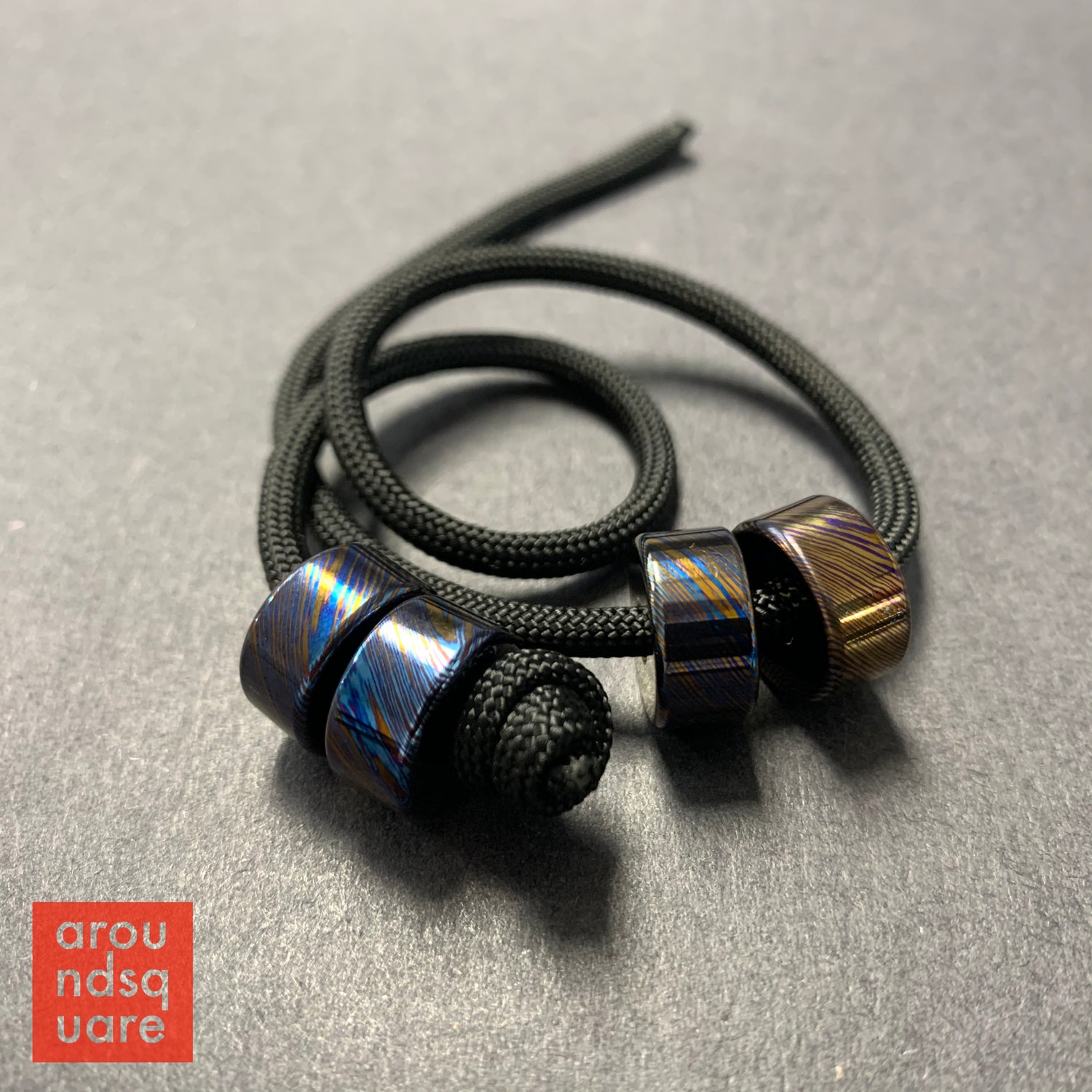
Since 2015, Aroundsquare has brought Canadian design to the this incredible little toy. We are proud to have emerged as a leader in the design and production of begleri beads, offering dozens of different styles and configurations to suit any player preference. Aroundsquare has pioneered the development and evolution of modern begleri design, both fuelling, and feeding off of the the preferences of the very best players around the world. Our refined minimalist aesthetic is evident across our entire range, and makes no compromises for the performance of our products.
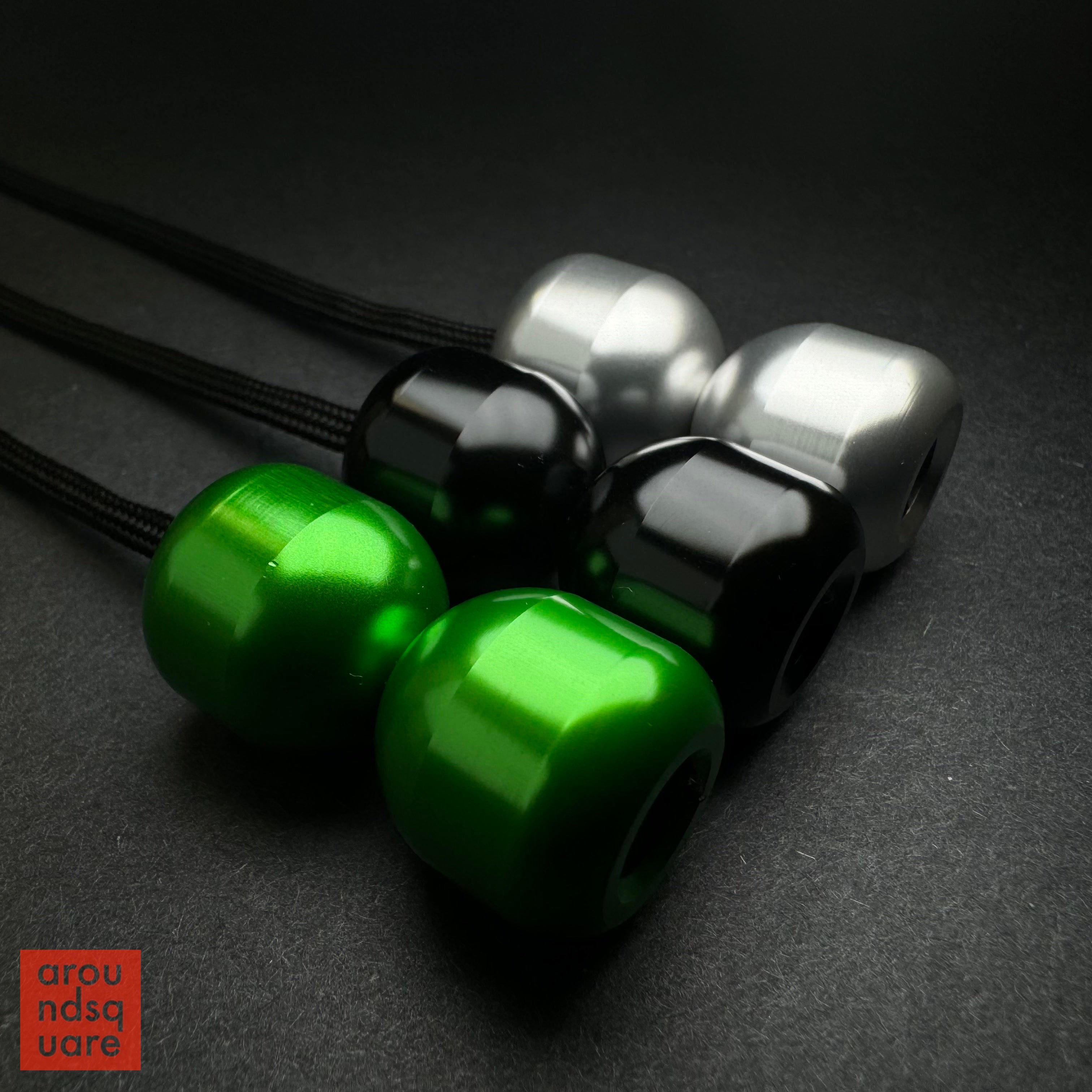
2015
Lil' Boss begleri, Titan begleri, Wukong begleri (collab with MFD)
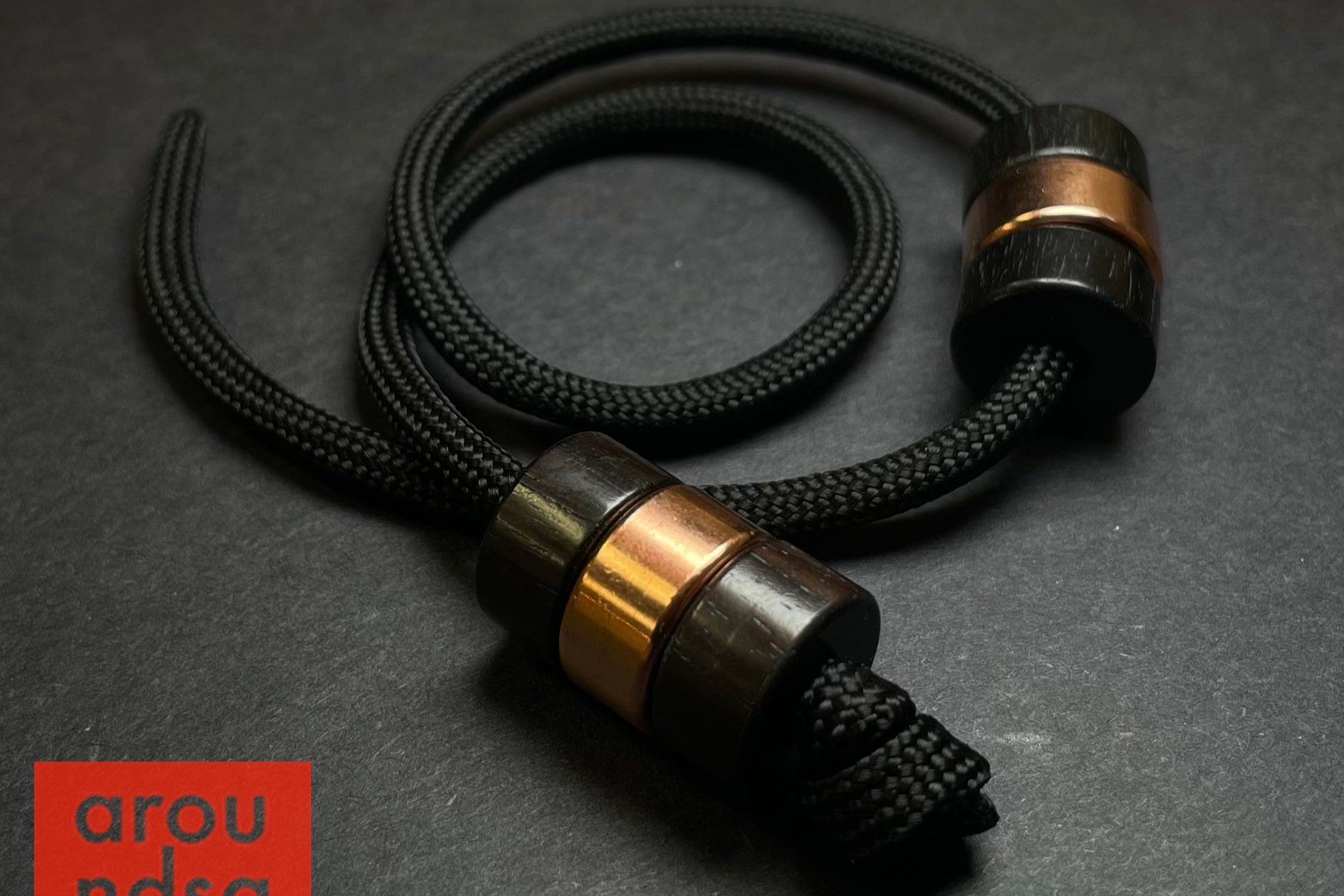
2016
Hydra begleri
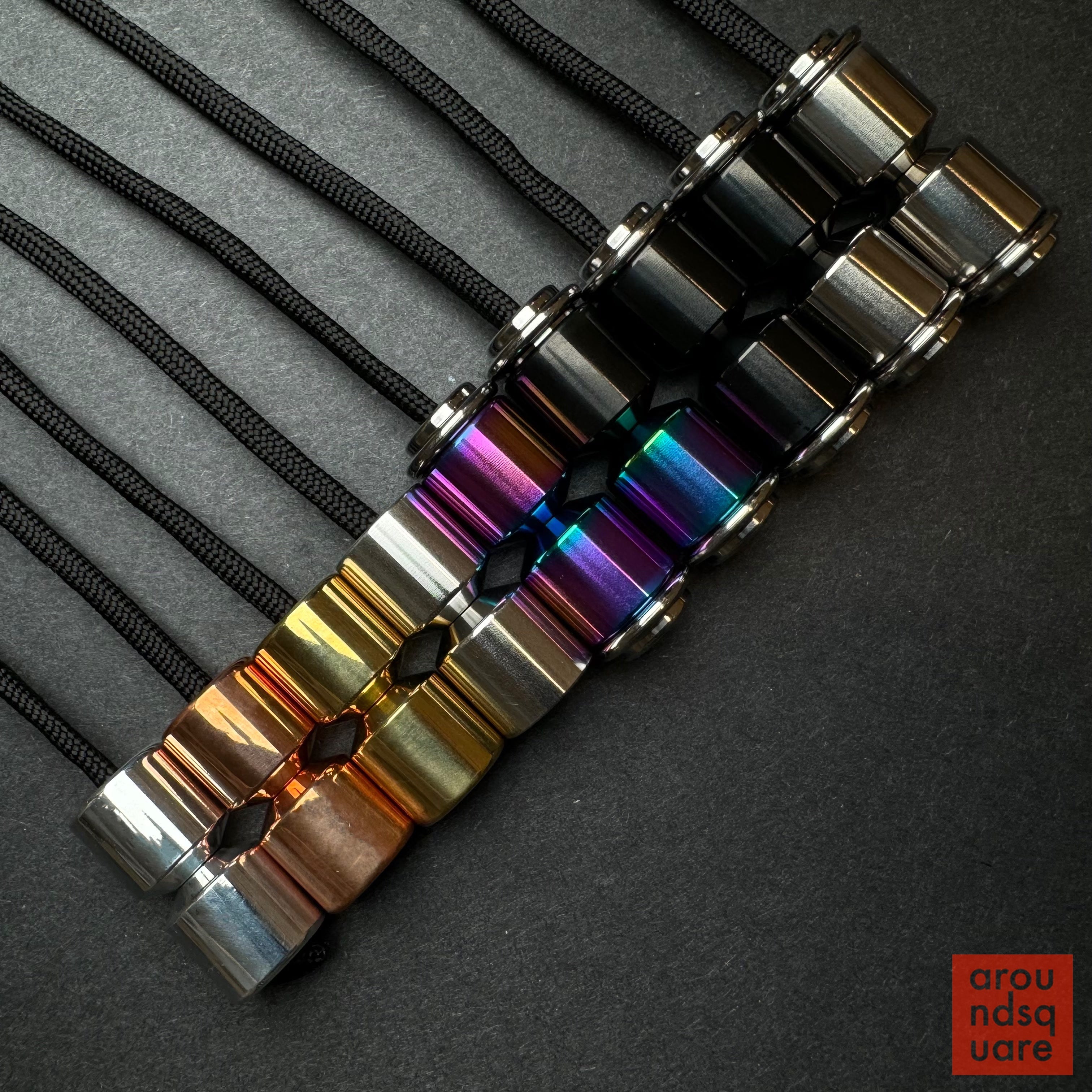
2017
Everyman begleri and introduction of the "Hardcore Gut System" , Modern and Mini Standard begleri, Mini Titan begleri, Curio begleri (collab with Terra Kendama), Hyperion begleri (collab with Bullseye Blades)
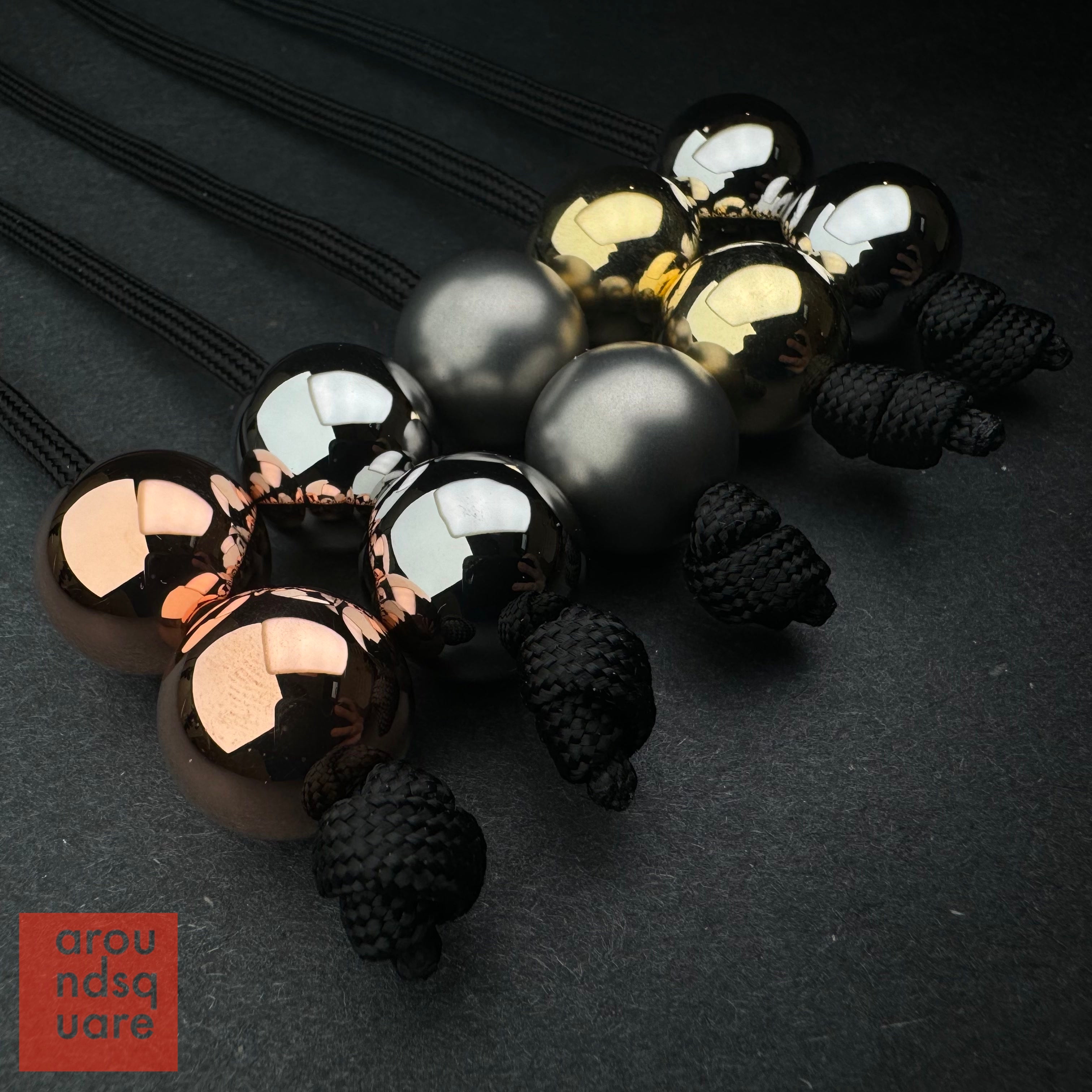
2018
Mini Hydra begleri, Hybrid begleri, Boss begleri, Herc begleri
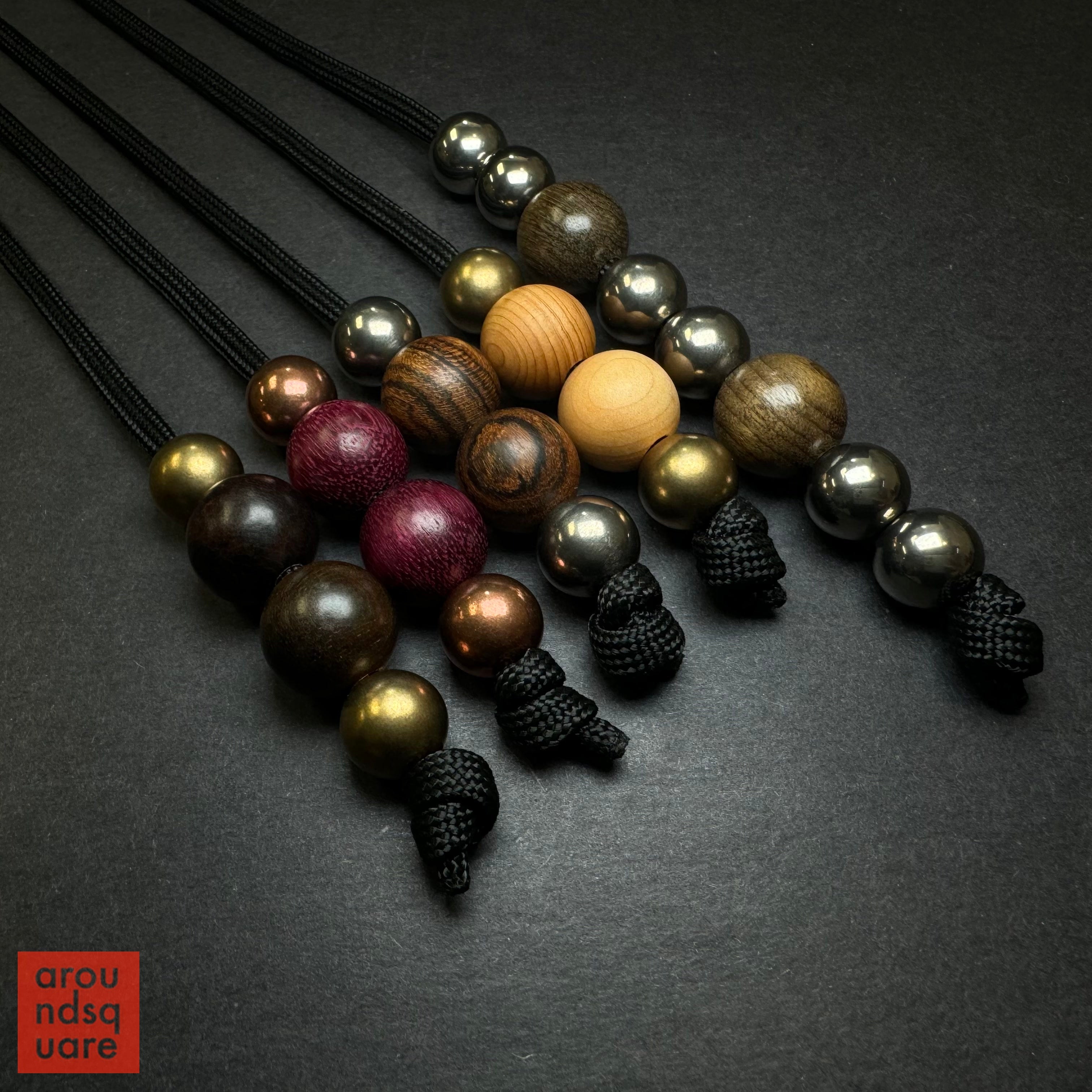
2019
Newton begleri, Micro Boss and Tradcore Micro Boss begleri
configuration considerations
Collapsible content
joiner types
Player preference dictates what kind of joiner is used to connect their begleri beads. Traditional Greek begleri are often joined together by a smooth, thin cord. However, modern players generally prefer thicker cords, which tend to play smoother and with less friction than thinner cords. As modern begleri developed, there was a lot of experimentation with different types of cords, as well as various types of chains and other materials. Through the experimentation, paracord became the most widely used joiner material, with most players showing preference for the relative thick and cushiony feel of 550 paracord over the thinner 425, 275, or 95 varieties. Cotton cord has also gained traction with players wanting a more natural look and feel, and Japanese kumihimo braiding has become popular among players wanting to customize sets with their own colourful braiding patterns.
string length
String length is a personal preference, and begleri players use a variety of lengths. However, different lengths of string tend to make certain tricks, transitions, or styles of play either easier or harder because of the amount of string required to wrap around the fingers, or to span the with of different numbers of fingers. Some tricks may be impossible with a string that is too long or too short. Over time, two distinct styles of play have emerged, referred to by players as "short game" and "long game". Historically, the longer version of begleri was very popular in Greece during the 1960s; however, these were outlawed as potentially dangerous during the military junta of 1967-1974, and subsequently, the shorter version of play became popularized. In modern times, many players still play short game; however, the shorter string limits what is possible with the toy, and as such, long game play has become the dominant play style among players interested in learning a broad range of tricks. Sample video on string length
short game
The shorter of the two common string lengths is measured against the width of the hand, with most players preferring a string length of about 2cm wider than their hand width. The short game is associated with quick, simple tricks where the begleri snap between positions.
long game
The longer of the two common string lengths is measured against the span of the fingers, roughly corresponding to the distance between the tip of the index finger and the tip of the pinkie finger if the fingers are spread wide. The long game is associated with tricks that involve partially wrapping the string around the fingers during play.
Checkout the aroundsquare youtube channel for tons of tutorials all across begleri and much more!

